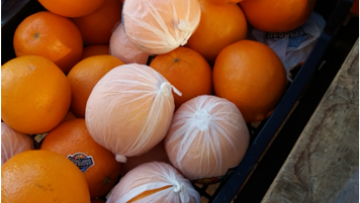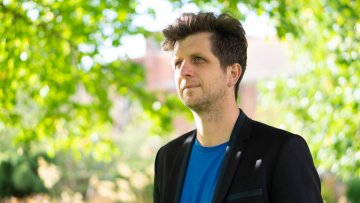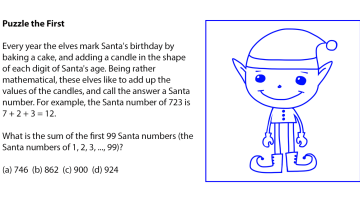16:00
On fixed points and phase transitions in five dimensions
Abstract
Supersymmetric gauge theories in five dimensions, although power counting non-renormalizable, are known to be in some cases UV completed by a superconformal field theory. Many tools, such as M-theory compactification and pq-web constructions, were used in recent years in order to deepen our understanding of these theories. This framework gives us a concrete way in which we can try to search for additional IR conformal field theory via deformations of these well-known superconformal fixed points. Recently, the authors of 2001.00023 proposed a supersymmetry breaking mass deformation of the E_1theory which, at weak gauge coupling, leads to pure SU(2) Yang-Mills and which was conjectured to lead to an interacting CFT at strong coupling. During this talk, I will provide an explicit geometric construction of the deformation using brane-web techniques and show that for large enough gauge coupling a global symmetry is spontaneously broken and the theory enters a new phase which, at infinite coupling, displays an instability. The Yang-Mills and the symmetry broken phases are separated by a phase transition. Quantum corrections to this analysis are discussed, as well as possible outlooks. Based on arXiv: 2109.02662.




